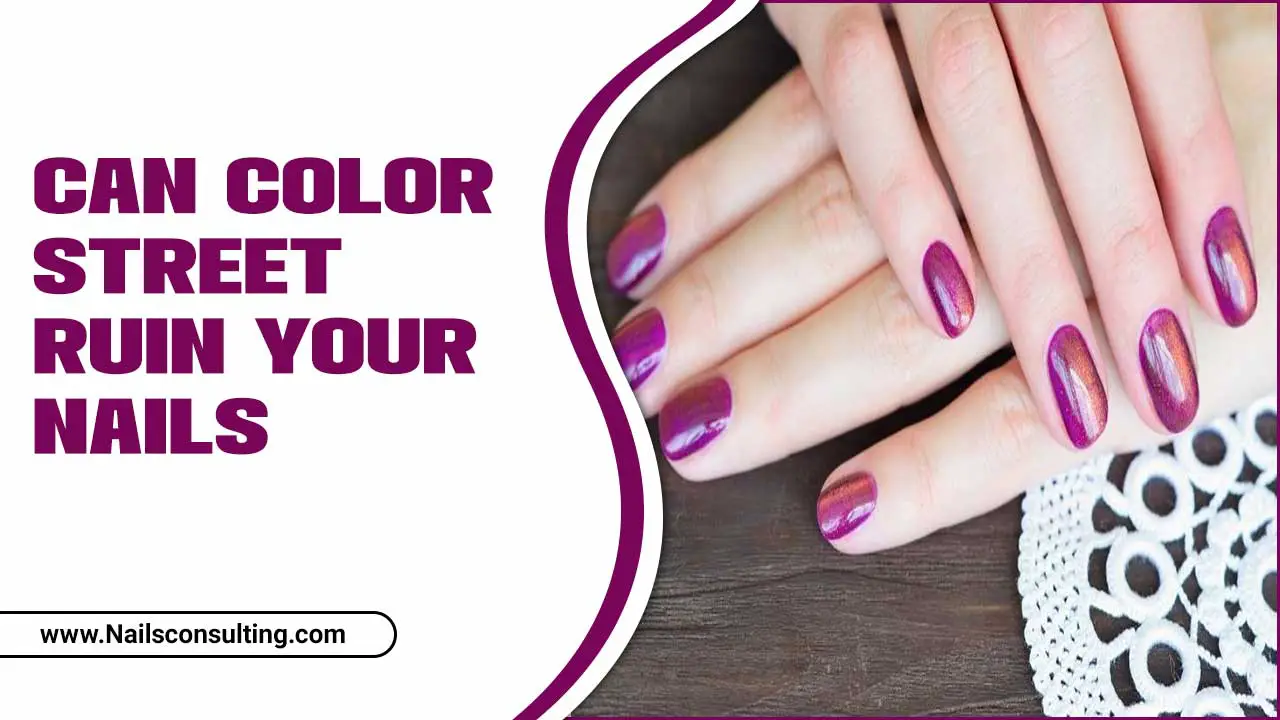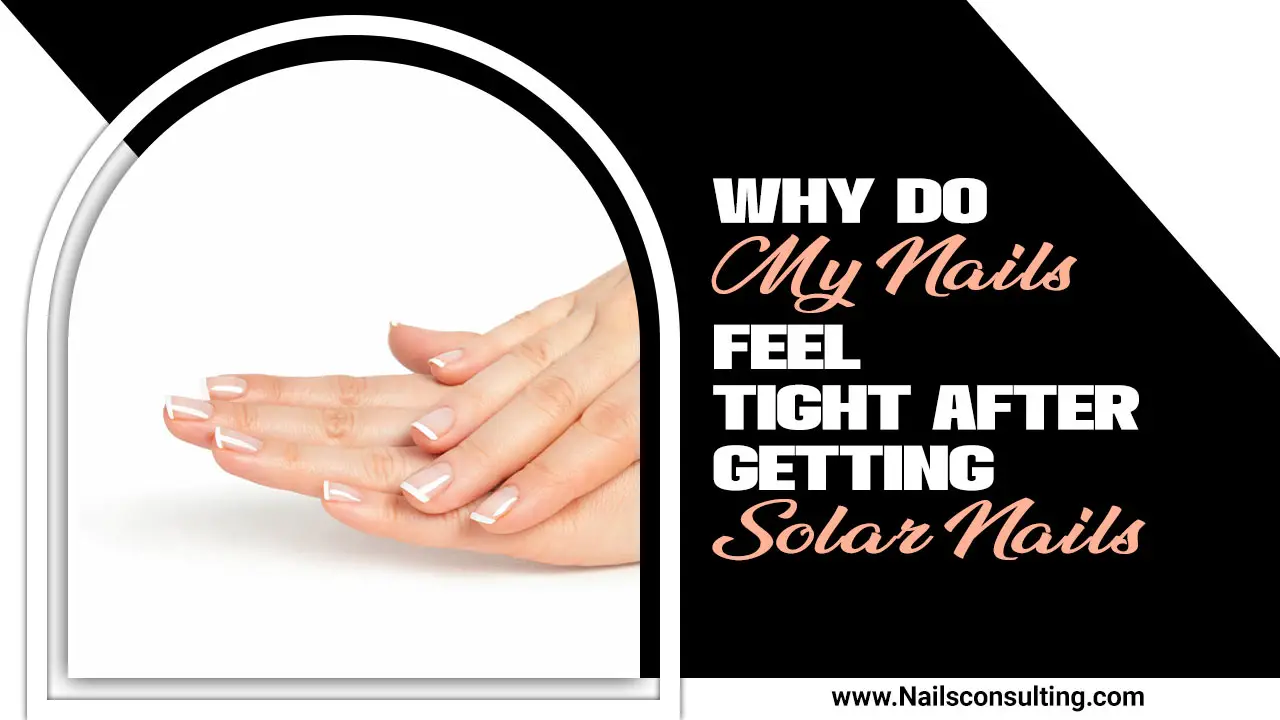Yes! You can create stunning marble effect nail designs using just water, nail polish, and a few simple tools. This beginner-friendly guide breaks down the easy water marbling technique, offering genius tips to achieve professional-looking swirls and patterns without the fuss. Get ready for a beautiful, unique manicure at home!
Ever admired those gorgeous, swirling marble nails and thought they were way too complicated to recreate yourself? I totally get it! For a long time, I felt the same way. But what if I told you that you can achieve that chic, marbled look right at home, using just water and your favorite nail polishes? Yep, it’s true! The water marble nail design technique can seem a little intimidating at first, with all those delicate swirls and patterns. But trust me, with a few clever tricks and a little practice, it’s surprisingly achievable – and incredibly fun! No need for fancy salon tools or advanced skills here. We’re going to walk through it step-by-step, so you can unleash your inner nail artist and rock these stunning designs. Get ready to dive in – literally!
What is Water Marble Nail Design?
Water marble nail design is a nail art technique where nail polish is dripped onto the surface of water, creating beautiful, swirling patterns. These patterns are then carefully transferred onto your nails, giving them a unique, marbled effect that looks like natural stone. It’s a fantastic way to achieve complex-looking designs with a relatively simple process.
Why You’ll Love Water Marble Nails
Beyond the stunning visual appeal, water marble nails offer some fantastic benefits, especially for DIY nail art enthusiasts:
- Unique Every Time: No two water marble designs will ever be exactly alike. Each swirl and pattern is spontaneous, making your nails truly one-of-a-kind.
- Cost-Effective: Forget expensive salon treatments. You can achieve a high-end look using affordable nail polishes and basic household items.
- Express Your Creativity: The possibilities are endless! Experiment with different color combinations, swirl techniques, and even add glitter for extra sparkle.
- Impressive Results: While the process is beginner-friendly, the outcome is sophisticated and eye-catching, perfect for any occasion.
Gather Your Supplies: The Essential Water Marbling Kit
Before we dive into the magic of water marbling, let’s make sure you have everything you need. Don’t worry; it’s a pretty straightforward list! Having all your supplies ready makes the process flow so much smoother.
| Item | Why You Need It | Tips for Choosing |
|---|---|---|
| Small Cup or Bowl of Room Temperature Water | The canvas for your design! | Use a disposable cup or a bowl you don’t mind getting stained. Tap water is perfectly fine. Avoid distilled or very cold water as it can affect polish behavior. |
| Nail Polishes (3-4 colors) | To create your marble effect! | Choose polishes with thinner formulas for best results. Opaque, vibrant colors work wonderfully. Avoid very thick or jelly polishes initially. |
| Toothpick or Thin Dotting Tool | For swirling and creating patterns. | A simple toothpick is perfect! You can also use a fine-tipped dotting tool or even a thin needle. |
| Clear Tape or Petroleum Jelly (e.g., Vaseline) | To protect your skin from polish stains. | Tape is great for clean lines. Petroleum jelly creates a barrier but can sometimes get messy. |
| Cotton Balls or Q-Tips | For cleaning up excess polish. | Essential for a neat finish. |
| Nail Polish Remover | To remove mistakes and clean up. | Any standard nail polish remover works well. |
| Top Coat | To seal the design and add shine. | A good quality, quick-drying top coat is ideal. |
| Base Coat | To protect your natural nails and help polish adhere. | Use your favorite clear or tinted base coat. |
| Paper Towels or Newspaper | To protect your workspace. | Water marbling can get a bit messy! |
Genius Tips for Perfect Water Marble Nail Design
Alright, nail pros-in-training, let’s talk game-changers! These are the “aha!” moments that will elevate your water marbling from “almost there” to “wow, did you do that yourself?!”
- Fresh Polish is Key: For the best marble effect, use nail polishes that aren’t too old or thick. Fresher polishes spread more easily on the water’s surface. If a polish is a bit thick, try adding one tiny drop of nail polish remover or nail thinner to revive it, but be careful not to overdo it!
- Work Quickly: Once the polish hits the water, it starts to dry. Have your nail ready and your toothpick in hand. The faster you can swirl and dip, the better the design will transfer.
- Water Temperature Matters: Room temperature water is generally ideal. Water that’s too cold can make the polish set too quickly, while very warm water might cause it to spread too thin too fast.
- Use Opaque Colors: While you can experiment with sheers, opaque polishes tend to give the most vibrant and defined marble patterns. Contrast is your friend!
- Don’t Dunk Too Deep: When dipping your nail, try to keep the water level just below the cuticle. Lowering your finger too deeply can dilute the design and make it muddy.
- Clean Your Water Between Dips: After you’ve marbled one nail and cleaned up, skim the surface of the water with your toothpick to remove any dried polish. This prevents old designs from interfering with your new ones.
- Practice on Your Index Finger First: It’s often considered the easiest nail to marble! If you get it right there, you’ll build up the confidence to tackle your other nails.
- Consider a Water Marbling Additive: For truly advanced control, there are products like “Water Marble Additive” or “Water Marble Liquid” that can be mixed with polish to help it float and spread better. These can be a great investment if you plan to marble frequently.
Step-by-Step Guide to Water Marble Nail Design
Ready to get your hands (and nails!) wet? Let’s create some magic! Follow these steps carefully, and you’ll be amazed at the results.
Step 1: Prepare Your Nails and Workspace
This is your foundation for success. Think of it as prepping your canvas!
- Clean Your Nails: Make sure your nails are clean, dry, and free of any old polish.
- Apply Base Coat: Apply a thin layer of your chosen base coat. Let it dry completely. This protects your nails and provides a smooth surface.
- Protect Your Skin: This is crucial for a clean finish!
- Option A (Tape Method): Cut thin strips of clear tape and carefully wrap them around your nail, covering the skin around your cuticle and fingertip. Leave just enough space for your nail tip to be exposed. This creates a clean barrier. You can also use liquid latex or peel-off base coat for this.
- Option B (Petroleum Jelly Method): Apply a generous amount of petroleum jelly (like Vaseline) to the skin surrounding your nail. Be careful not to get any on your nail itself, as the polish won’t adhere properly.
- Protect Your Workspace: Lay down paper towels or newspaper under your cup of water to catch any spills.
Step 2: Prepare the Water and Colors
Get everything ready for the plunge!
- Fill the Cup: Fill your small cup or bowl with room temperature water. Don’t fill it to the brim, as your finger will displace some water.
- Prepare Your Polishes: Open your chosen nail polishes. For each color, gently shake the bottle, then wipe off excess polish from the brush. You want the brush to have a good amount of polish, but not so much that it drips heavily.
Step 3: Create the Marble Pattern
This is where the artistry happens!
- Drop the First Color: Hold the nail polish bottle about an inch above the water. Let a drop of your first color fall gently onto the center of the water’s surface.
- Drop the Second Color: Immediately follow with a drop of your second color, letting it fall onto the center of the first drop.
- Continue Dropping: Alternate dropping your colors (usually 3-4 colors work best) in the center, allowing each drop to spread slightly before adding the next.
- Swirl with a Toothpick: This is the exciting part! Take your toothpick and gently drag it through the center of the polish rings, creating swirling patterns. You can make one slow, continuous swirl or several quick ones. Experiment! You can also try making an asterisk shape by dragging the toothpick from the center outwards. Remember, the polish is drying, so work fairly quickly.
Step 4: Transfer the Design to Your Nail
The moment of truth!
Dip Your Nail:
- Angle Your Nail: Hold your prepared finger at an angle.
- Dip Slowly: Gently and slowly dip your nail into the water, pushing the marbled polish design onto the surface of your nail. Aim to get the nail covered by the swirls. It’s helpful to slightly tilt your cup as you dip to allow the design to wrap around the nail.
- Don’t Go Too Deep: Try to keep the water level just below your cuticle for a cleaner transfer.
Step 5: Clean Up and Finish
The final polish!
- Remove Excess Polish: While the nail is still partially submerged, carefully use your toothpick to gather and lift the excess polish from around your nail. This prevents it from sticking to your skin when you pull out.
- Lift Your Nail: Slowly and carefully pull your finger out of the water.
- Clean Up Your Skin:
- If you used tape: Carefully peel off the tape. Any polish on the tape will come with it.
- If you used petroleum jelly: Use a cotton ball or Q-tip dipped in nail polish remover to gently wipe away the excess polish from around your nail. Be precise so you don’t remove the design from your nail itself.
- Clean Up Your Nail: Use a Q-tip with a bit of nail polish remover to clean up any stray polish from your nail’s surface or edges.
- Apply Top Coat: Once your nail is completely dry, apply a generous layer of clear top coat. This seals the design, adds shine, and makes your marble mani last longer.
Step 6: Repeat for Other Nails and Clean the Water
Keep the marbling momentum going!
- Repeat Steps: Repeat the entire process for your other nails.
- Clean the Water: After each nail (or every couple of nails), use your toothpick to skim the surface of the water and remove any dried polish or debris. A clean water surface is essential for good results. You might need to change the water entirely if it becomes too murky.
Troubleshooting Common Water Marble Nail Issues
Don’t get discouraged if your first few attempts aren’t perfect! Almost everyone struggles a bit at first. Here are some common problems and how to fix them:
- Polish Sinks Immediately: Your water might be too warm, or your polish could be too old and thick. Try using cooler water or fresher polish that spreads easily. Adding a tiny bit of nail polish thinner can also help.
- Design Doesn’t Transfer Well / Looks Blotchy: You might not have swirled the polish enough, or you dipped your nail too quickly or at the wrong angle. Ensure you create a nice pattern before dipping and try to keep your nail flat as you submerge it.
- Too Much Polish on Water Surface: You may have used too much polish, or it spread too thin because of warm water. Try using slightly less polish per drop and experiment with water temperature.
- Polish Sticks to Skin Instead of Nail: This usually happens when there’s a lot of polish on the water’s surface that didn’t get swirled correctly. Make sure to use your toothpick to gather the excess polish AWAY from your nail BEFORE lifting it out of the water.
- Design Looks Muddy or Messy: This often occurs when colors are too similar, or the swirling was too vigorous. Stick to high-contrast colors and gentle, deliberate swirling motions.
Advanced Water Marbling Techniques and Ideas
Once you’ve mastered the basics, you can get even more creative. Here are some ideas:
- Glitter Marbling: Add a drop of fine glitter polish to your color drops for a dazzling effect.
- Reverse Marbling: Use a white or nude polish as your base on the nail, then carefully apply the marble design to a stamper or clear nail sticker, and press it onto your base-coated nail.
- Two-Tone Marble: Use just two contrasting colors for a simpler, but still elegant, marble look.
- Rainbow Marble: Incorporate multiple bright colors for a vibrant, playful design.
- Marble French Tips: Instead of a full nail marble, carefully apply the marble design only to the tips of your nails.
- Combining with Other Techniques: Try adding hand-painted details or small vinyl stickers over your marble design. For instance, you could do a marble accent nail with solid colors on the others.
Don’t be afraid to experiment! The beauty of nail art is in its expressiveness. Consider looking at resources like Nail Pro Magazine for inspiration on current trends and advanced techniques.
Frequently Asked Questions About Water Marble Nails
Q1: What is the best type of nail polish for water marbling?
Opaque





